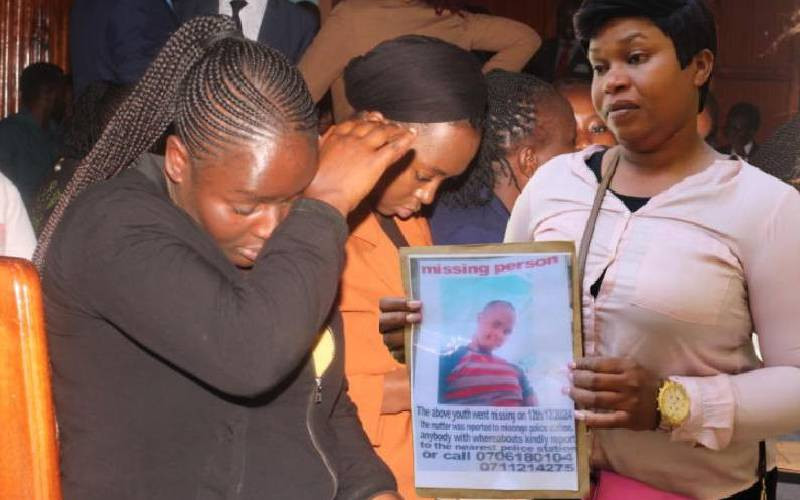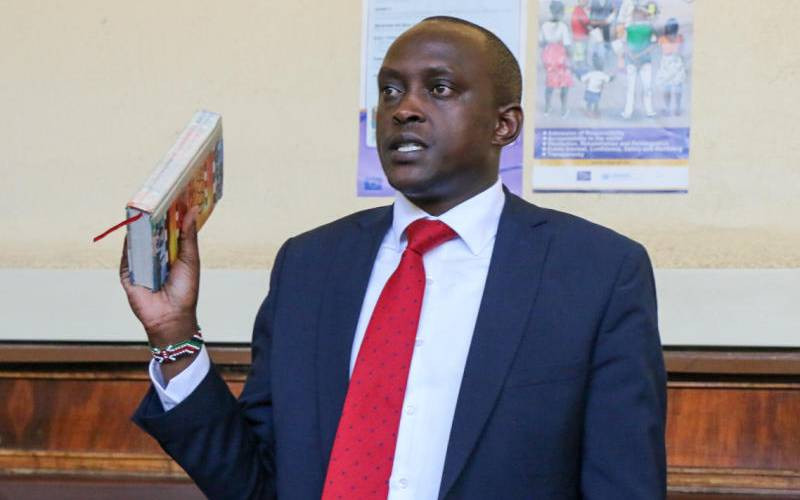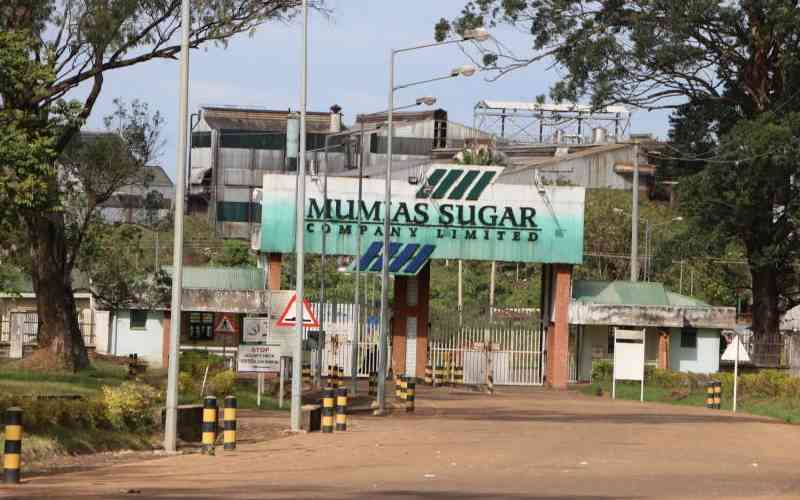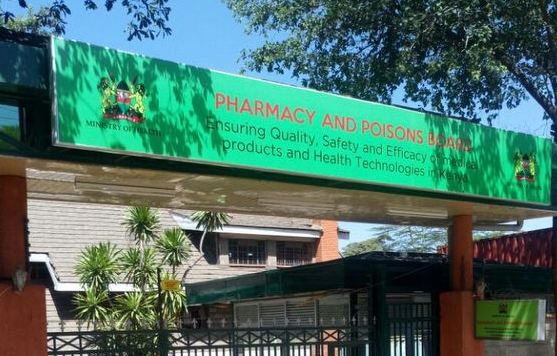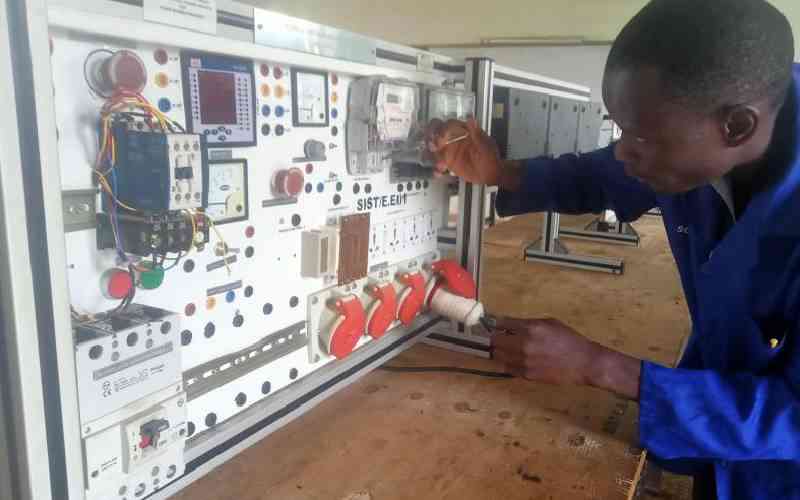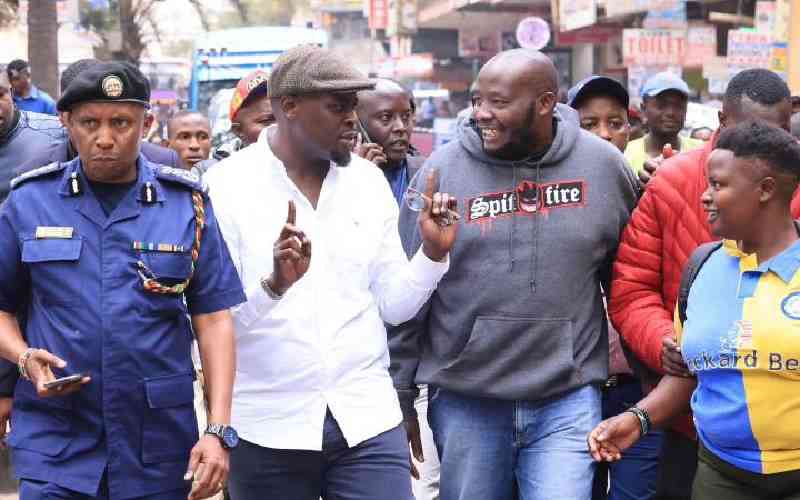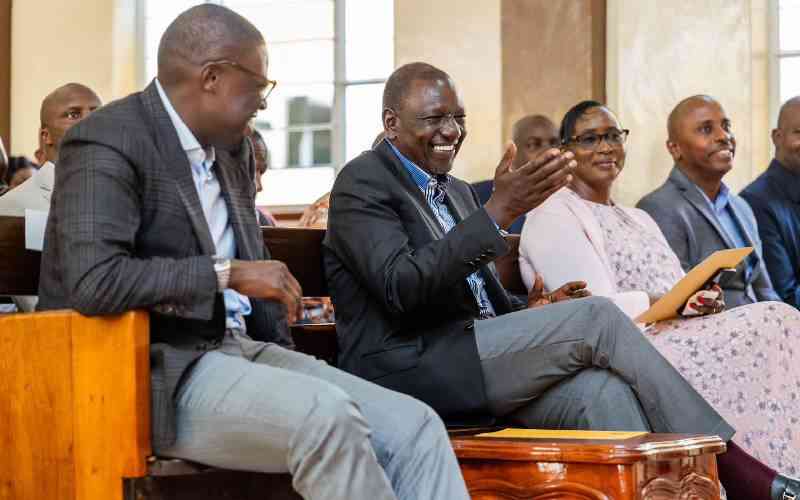For close to a century now, the controversy surrounding Kapedo, the border town between the Baringo and Turkana counties, has remained a thorn in the flesh of both the locals and the Government.
Those who openly lay claim on the volatile border become victims of merciless bandits who have turned the deadly stretch into a killer border, often pitting the Pokot community against the Turkana.
The recent slaying of 21 Administration Police officers in Kapedo by bandits, one of the most atrocious attacks in recent history after the Baragoi massacre, apparently laid bare the focus of the war waged by Pokots as one that seeks to protect Kapedo.
In 2002, 35 people were killed in the area following an attack by Pokot bandits. In 2003, another 100 people of Turkana decent were brutally murdered by Pokot bandits after a deadly clash near Akoret. And in 2004, another 30 Turkanas also died.
In 2005, three people were gunned down while herding their livestock along the volatile border. What followed is a ring of violence, which saw thousands of families lose their kin.
Those who have been killed in Kapedo are not only the indigenous Turkanas and Pokots, but Kenyans from various parts of the country. With the pain of the escalating war compounded by the seeming inability of the Government to resolve the dispute, Parliament has often unsuccessfully attempted to resolve the Kapedo issue.
In 2008, during a heated debate in Parliament as legislators discussed the boundary issues, the then Turkana Central Member of Parliament, Ekwee Ethuro (now Senate Speaker), sought a ministerial statement from the Ministry of State for Provincial Administration and National Security, seeking to know exactly which tribe owns Kapedo.
“Is the Ministry aware that there exists a boundary dispute between Pokot and Turkana communities living on the boundaries of Loroghon and Kapedo?” he posed.
In what appears to be a blatant lack of concrete answers, the then Security Assistant minister, Simon Lesirma, in his answers, reported to the House that the Government was planning to deploy surveyors to fix the boundary wrangles to bring the controversy to a rest.
“The Provincial Intelligence and Security Committee, the District Intelligence Committee, the Provincial Surveyor, the local leaders and elders from the two districts held a joint meeting on April 26 and 27, 2007 in Nakuru to resolve the dispute. It was recommended that surveyors form the Ministry of Lands headquarters be sent to the ground to determine the accurate boundary and put beacons on the ground.
The dispute will be settled once the surveyors complete their work,” Lesirma explained.
To date, no surveyor has been deployed to the volatile border as residents continue to massacre one another, setting the stage for unending political wars, often hitting high during campaign periods.
Lesirma further outlined measures taken by the Government, among them; “carrying out capacity building and conflict resolution seminars through community-based and international Non-Governmental Organisations and deploying more security officers.” Ehturo then dismissed Lesirma’s approach and accused the Government of having a “short memory” on critical issues.
Peaceful environment
“We are now in 2008, a year later and the Assistant Minister is telling this House that the dispute will be settled once the surveyors complete their work. How long does surveyors take to survey a place? They were supposed to go back to the maps and demarcate the boundary ,” he said.
But in defending the Government, Lesirma said: “This issues is not very easy to resolve at the speed promised by previous governments as indicated by Hon Ethuro. You will also recall that in the latest meeting held in Nakuru, new issues emerged. Several maps were being produced by different groups to justify the boundaries of the two districts (Baringo and Turkana). That is why we have to prepare the stage by creating peaceful environment between the two groups before going to the ground,” reported Lesirma.
With none of these attempts offering a lasting solution, one question remains: Where is the exact position of Kapedo and whether the point lies in Baringo or Turkana?
Our investigations revealed that the disputed town is in Baringo County. Maps obtained by The Standard on Sunday from the Government, Department of Survey showed Kapedo is originally in Nginyang’ Division in Baringo East sub-county, Baringo County. From the colonial maps of 1910 and 1962, the colonial boundary demarcation, which became the basis of another revision in 1992 by the Government, the town is in Baringo.
The 1992 map supplement adopted by the Districts and Provinces Act 105A-5 (1992), fundamentally became the current county boundaries. The Kenya counties map puts Kapedo at the border point of Baringo and Turkana.
All the three locations in Kapedo; Kapedo North, East and West all report to Baringo County Commissioner Peter Okwanyo.
Kapedo Sub-District Hospital is also under Baringo County government. Government records indicate that Kapedo Primary School and Kapedo Centre polling stations, gazetted in 1995, vote under Tiaty Constituency, Baringo County.
 The Standard Group Plc is a multi-media organization with investments in media platforms spanning newspaper print
operations, television, radio broadcasting, digital and online services. The Standard Group is recognized as a
leading multi-media house in Kenya with a key influence in matters of national and international interest.
The Standard Group Plc is a multi-media organization with investments in media platforms spanning newspaper print
operations, television, radio broadcasting, digital and online services. The Standard Group is recognized as a
leading multi-media house in Kenya with a key influence in matters of national and international interest.



